In Historical Fact and Fiction, al-Attas gives a penetrating insight into the ways of spurious thinking and analytical reasoning among historians of the Malay Archipelago in their explanation and interpretation of historical events pertaining to the coming and spread of Islam in the Archipelago. He exposes errors and fallacies in their chronological framework and educated conjectures, their tainted assumptions on the religious and cultural effects of Islamization in indigenous history. In dealing with the Islamic past his critique of their empirical and inductive methods and weak logical analysis and rational estimation deserves due appreciation. In contradiction to what the historians assume as the facts of history the author demonstrates his own explanation and interpretation of the major issues and casts new light on many basic matters that have hitherto eluded inquiry.
Historical Fact and Fiction was formulated during the few months of author’s convalescence from a recent accident. In it al-Attas have set forth his interpretation of the story of Merah Silau and that of the founding of Malacca as well as the identity of the Muslim missionaries of the Malay Archipelago who spread Islam in the 12th to 16th centuries. His interpretation differs fundamentally from that which is generally accepted by historians of the Malay world. It is perhaps the first time that such an interpretation has ever been attempted. al-Attas may be wrong in some details that have been treated by others, but at least on some other details that have never been clarified, whose importance must not be underestimated, the author thinks he is right.
Historical Fact and Fiction is composed of three consecutive parts indicated simply by Roman numerals I, II and III. In I, al-Attas present his interpretation of the story of Merah Silau; historical evidence to prove that the Great Ant is fact and not fiction; the identity of the first Muslim king of Samudra-Pasai; the original Malay derivation of the name Sumatra; the Malay custom of royal succession at the time of Ibn Baṭṭūṭah’s visit in the mid-l4th century; other historical issues that need clarification.
In II, al-Attas cast new light on the Parameswara; when and why he acquired the Javanese title Parameswara; what his Malay royal title was when he rebelled against Majapahit; and the meaning of that title; when his conversion to Islam took place and where, and the name of the great missionary who converted him; his original Muslim name; his decisive role, rather than Ādityawarman’s, in establishing the basis for the development of a new Malay kingdom; the founding of Malacca and her original name and its meaning; the fictitious story of the botanical tree in the founding of Malacca; the meaning of sejarah and the great man idea of history.
In III, al-Attas explain Arab identity as based on genealogy and not on ethnicity; the pioneers who brought and spread Islam in the Malay Archipelago in the early as well as the later centuries were Arabs of noble origin chiefly from among the descendants of ‘Ali bin Abi Ṭālib through his son al-Husayn, the grandson of the Holy Prophet; their names and genealogies in Malay, Javanese, Sulu, Mindanao and Arab (Ḥaḍramī) sources; solutions to unsolved problems in the history of Sulu and Mindanao: the true identity of Tuan Masha’ika and Tuhari Maqbalu, and the date of Kabungsuan’s arrival in Mindanao; self-evident and other historical facts that demonstrate South Arabian (Ḥaḍramaut) provenance of Islam in the Malay Archipelago; the great missionaries of Islam in the Archipelago in the 12th-16th centuries; the creation of the Malayo-Arabic alphabet and script based on the Arab (Ḥaḍramī) sound (vocal) system; other historical issues connected with flaws in logical analysiss and explanation.

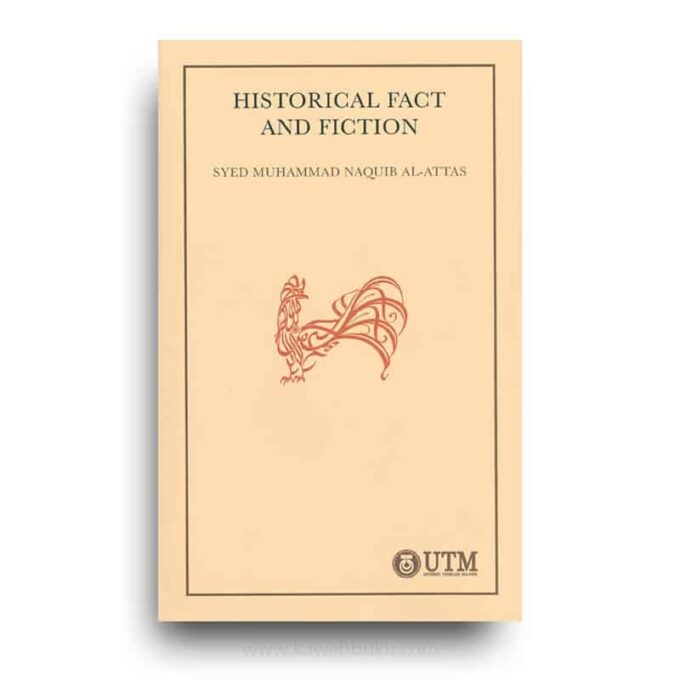
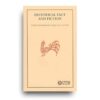
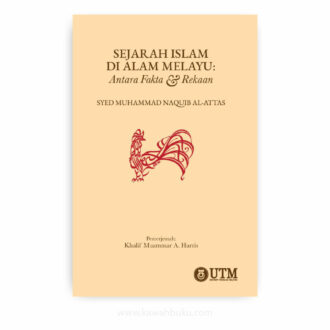

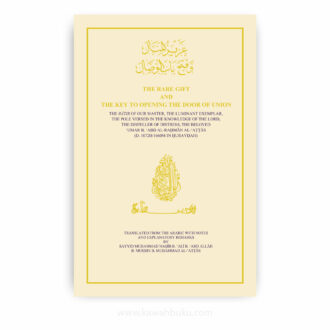
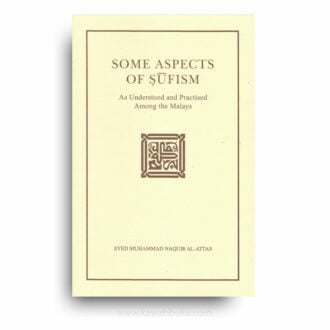
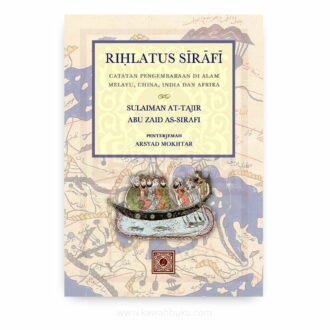

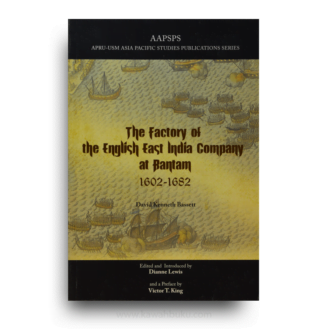


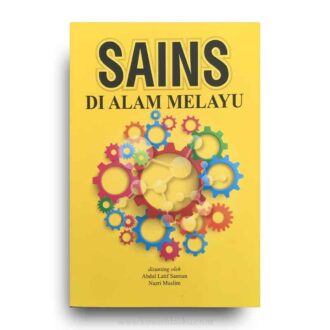
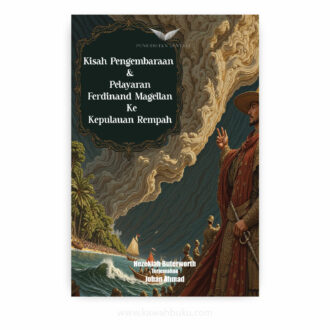
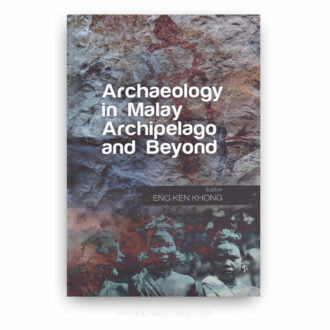
Reviews
There are no reviews yet